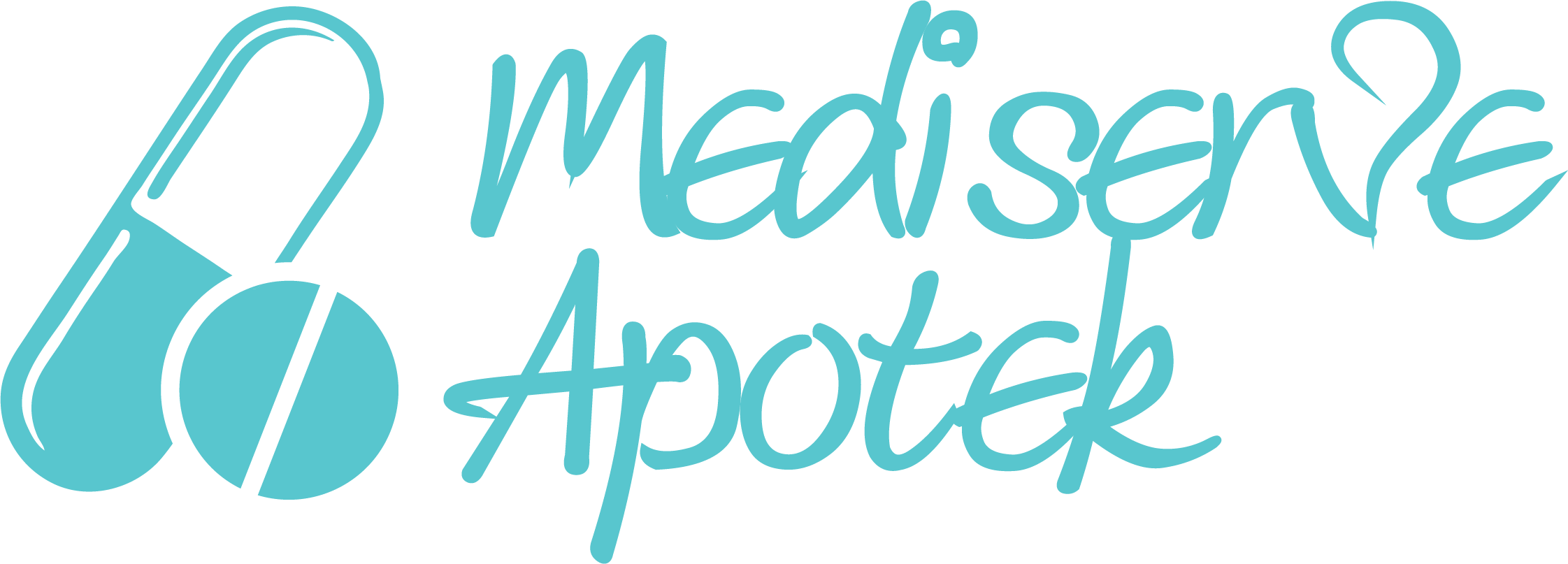
Why Is There An Adderall Shortage, a concerning issue has emerged in the pharmaceutical landscape – an Adderall shortage. Adderall, a prescription medication commonly used to treat attention deficit hyperactivity disorder (ADHD), has become the center of attention due to its scarcity in the market. This shortage has raised numerous questions and concerns among patients, healthcare professionals, and the general public alike. In this article, we will delve into the various factors contributing to the Adderall shortage, exploring both the immediate and underlying causes.
- Increased Demand:
One of the primary reasons behind the Adderall shortage is the surge in demand for this medication. ADHD diagnoses have been on the rise, with more individuals seeking medical attention and receiving prescriptions for Adderall. The increased awareness and understanding of ADHD have led to a higher demand for effective medications, putting strain on the pharmaceutical supply chain.
- Regulatory Challenges:
The pharmaceutical industry is subject to stringent regulations, and Adderall is no exception. The Drug Enforcement Administration (DEA) closely monitors the production and distribution of medications containing amphetamine, a key ingredient in Adderall. Regulatory hurdles and compliance issues can disrupt the manufacturing process, leading to delays and shortages.
- Supply Chain Disruptions:
The global pharmaceutical supply chain is complex and interconnected. Disruptions at any stage, from raw material procurement to manufacturing and distribution, can have a cascading effect on the availability of medications. Issues such as transportation challenges, natural disasters, and the ongoing COVID-19 pandemic have all played a role in disrupting the supply chain for Adderall.
- Manufacturing Challenges:
The production of Adderall involves a meticulous process to ensure quality and safety. Any issues within the manufacturing facilities, such as equipment malfunctions, quality control problems, or shortages of essential ingredients, can result in production delays and contribute to a shortage in the market.
- DEA Quotas:
The DEA sets annual production quotas for controlled substances, including amphetamine, which is a key component of Adderall. These quotas are designed to prevent the overproduction and diversion of such substances for non-medical use. If the DEA imposes stricter quotas or if manufacturers exceed their allotted amounts, it can lead to a shortage of Adderall in the market.
Conclusion:
The Adderall shortage is a multifaceted issue with roots in increased demand, regulatory challenges, supply chain disruptions, manufacturing issues, and DEA quotas. Addressing this problem requires a collaborative effort from pharmaceutical companies, regulatory bodies, and healthcare professionals to ensure the continued availability of this vital medication for those who depend on it. As we navigate these challenges, it is crucial to remain vigilant and proactive in finding solutions to mitigate the impact of the Adderall shortage on patients and the healthcare system as a whole.
